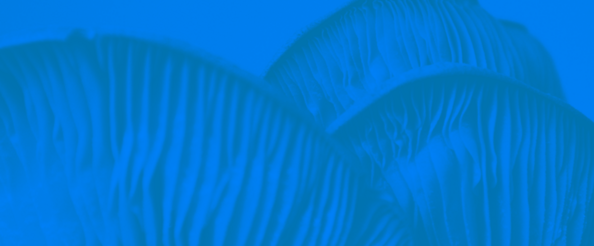Prof. Dr. Thorsten Hugel (CIBSS-AI), Institute of Physical Chemistry (Faculty of Chemistry and Pharmacy), University of Freiburg
Molecules in cells may self-organize into membraneless assemblies at nanometre to micrometre scale to tune diverse signalling activities from gene expressions to stress responses. In living cells, large assemblies of often several thousand proteins (condensates) have been observed for many systems by fluorescence based experiments. From these experiments it is widely accepted that intrinsically disordered regions (IDRs) play a crucial role in condensate formation by spontaneous or driven phase separation. Less understood is the formation and dynamics of small assemblies (clusters), because small dynamic assemblies are difficult to observe in real time in living cells.
Our group has built and optimized a HILO (highly inclined and laminated optical sheet) microscope for single-molecule experiments in living HeLa cells. The aim of this project is to quantify how distinct molecules integrate into (small) membraneless assemblies in living cells. In addition, we will investigate how kinases and chaperones regulate signalling through dynamic assembly formation and how these can be controlled. In collaboration with the Sawarkar lab (MRC, Cambridge) and the Grosse lab (Med, University of Freiburg) we will span the spatial scale from single-molecules to complete cells in a time-resolved way.





